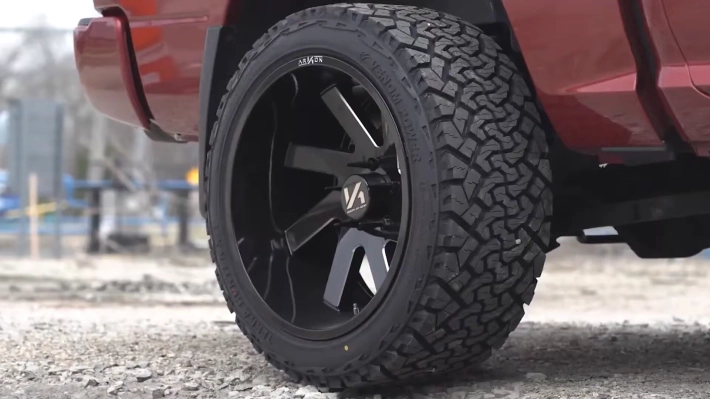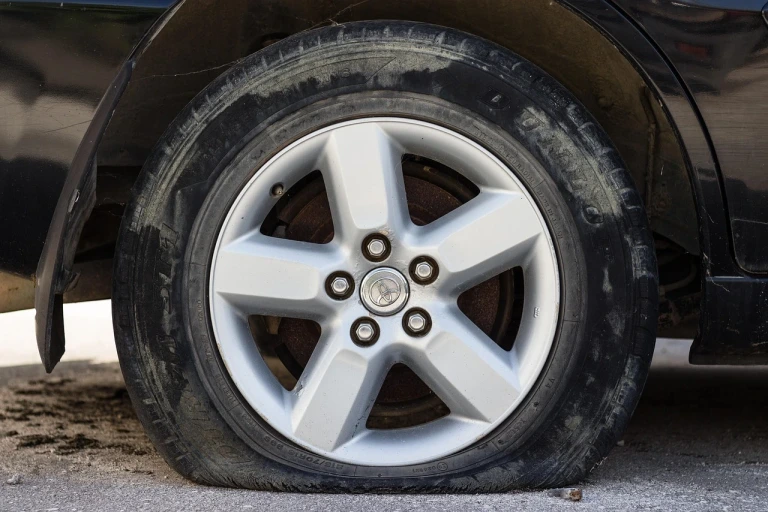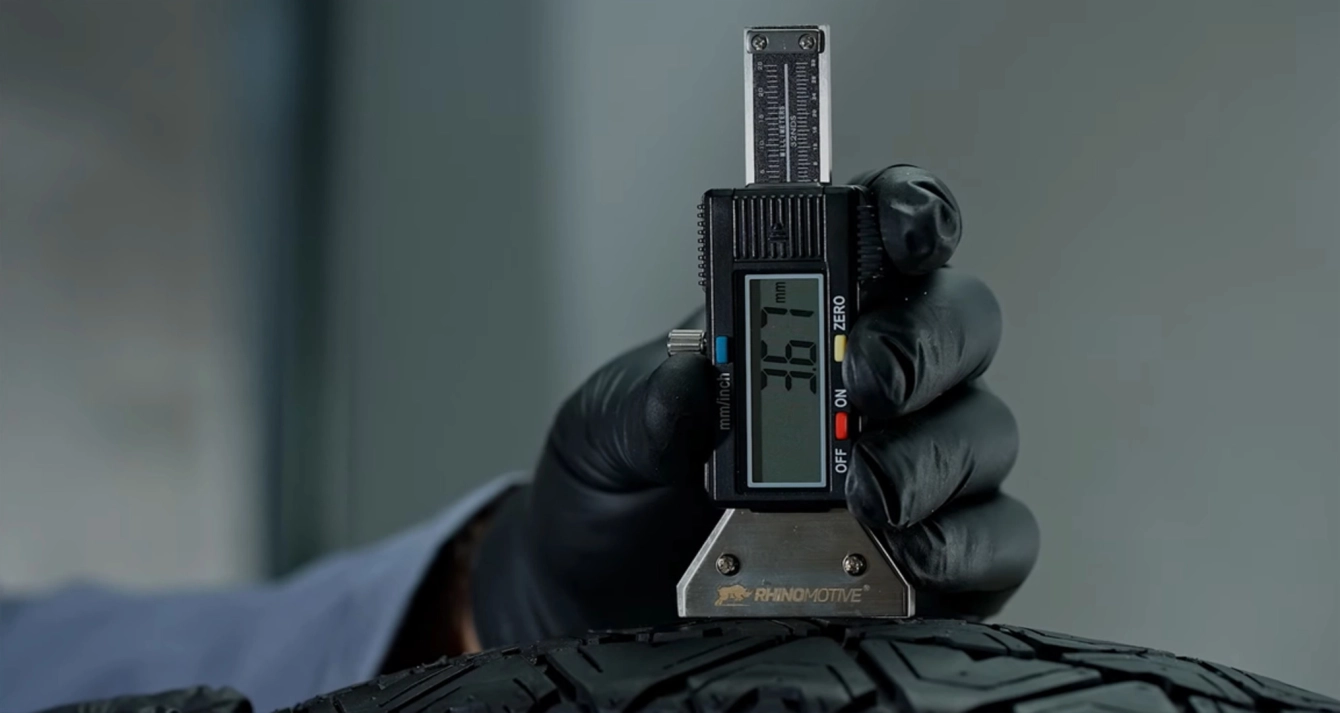Keeping your tires properly inflated is crucial for several reasons: it enhances safety, improves fuel efficiency, and extends the longevity of your tires. Underinflated or overinflated tires can lead to poor handling, increased tire wear, and even dangerous blowouts. One essential tool for maintaining the right tire pressure is a tire pressure gauge. Whether you’re a seasoned driver or a new car owner, understanding how to use this tool can make a significant difference in your vehicle’s performance and safety.
In this guide, we’ll walk you through the step-by-step process of using a tire pressure gauge effectively. From gathering the necessary tools to adjusting the tire pressure, we’ll cover everything you need to know to ensure your tires are in optimal condition. We’ll also answer common questions about tire pressure maintenance, providing you with the knowledge to keep your vehicle running smoothly.
By following these straightforward steps, you can easily monitor and maintain the correct tire pressure, contributing to a safer and more efficient driving experience. Proper tire maintenance not only saves you money on fuel and tire replacement but also enhances your vehicle’s handling and overall safety on the road. Let’s dive in and learn how to use a tire pressure gauge like a pro!
1. Gather Your Tools
Before you start, make sure you have the following:
- A tire pressure gauge (digital or analog)
- The correct tire pressure specifications for your vehicle (usually found in the owner’s manual or on a sticker inside the driver’s side door)
2. Check Tire Pressure When Tires are Cold
It’s best to check your tire pressure when the tires are cold, ideally before you’ve driven more than a mile. This is because driving heats up the tires, causing the air inside to expand and potentially giving you an inaccurate reading.
3. Remove the Valve Cap
Locate the valve stem on the tire you want to check. Unscrew the cap from the valve stem and put it somewhere safe; you’ll need to screw it back on later.
4. Attach the Tire Pressure Gauge
Press the tire pressure gauge onto the valve stem. Ensure there is a tight seal and no hissing sound of escaping air. This ensures an accurate reading.
- Digital Gauge: It will automatically display the tire pressure reading.
- Analog Gauge: The needle will move to show the tire pressure reading.
5. Read the Gauge
Check the reading on the gauge:
- Digital Gauge: The tire pressure will be displayed on the screen.
- Analog Gauge: The needle will point to the pressure level.
Compare the reading to your vehicle’s recommended tire pressure.
6. Adjust the Tire Pressure if Needed
If the tire pressure is too low, you will need to add air. If it’s too high, you will need to release some air.
- To Add Air: Use an air compressor. Attach it to the valve stem and add air in short bursts, checking the pressure frequently.
- To Release Air: Press the small pin inside the valve stem with the back of the tire pressure gauge or a small tool to let air out. Check the pressure again after releasing some air.
7. Repeat for All Tires
Repeat the process for all four tires. Don’t forget to check the spare tire too, as it can also lose air over time.
8. Replace the Valve Caps
After checking and adjusting the pressure for all tires, replace the valve caps. This protects the valve from dirt and moisture.
9. Regular Maintenance
Check your tire pressure at least once a month and before long trips. Keeping your tires properly inflated helps ensure safety, improve gas mileage, and prolong the life of your tires.
By following these steps, you can easily use a tire pressure gauge to keep your tires in optimal condition. Regular checks and maintenance of tire pressure can make a significant difference in your driving experience and vehicle performance.
FAQ’s
1. Why is it important to check tire pressure regularly?
Proper tire pressure is crucial for several reasons:
Safety: Proper tire pressure ensures optimal contact between the tire and the road, which is essential for maintaining good handling and traction. Moreover, by regularly checking and maintaining the correct tire pressure, you decrease the risk of blowouts and enhance your vehicle’s overall safety.
Proper tire pressure helps ensure that your vehicle’s braking system performs optimally. Correctly inflated tires distribute the weight of the vehicle evenly, allowing for more effective braking.
Fuel Efficiency: Properly inflated tires reduce rolling resistance, meaning your engine doesn’t have to work as hard to move the vehicle. This efficiency translates directly into better fuel economy.
Better fuel efficiency not only saves money but also reduces your carbon footprint. Reducing fuel consumption contributes to a greener environment by minimizing carbon emissions, making your driving more eco-friendly overall.
Tire Longevity: Uneven wear can lead to the need for premature tire replacement, which is costly. Over time, unevenly worn tires can also affect your vehicle’s alignment and suspension. Correct pressure reduces uneven wear, prolonging the life of your tires.
2. How often should I check my tire pressure?
It’s recommended to check your tire pressure at least once a month and before long trips. Changes in temperature can affect tire pressure, so check more frequently during seasonal changes.
3. Where can I find the recommended tire pressure for my vehicle?
The recommended tire pressure is usually listed in your vehicle’s owner’s manual. You can also find it on a sticker inside the driver’s side door, inside the glove compartment, or on the fuel door.
4. Can I check tire pressure when the tires are hot?
It’s best to check tire pressure when the tires are cold, ideally before you’ve driven more than a mile. Driving heats up the tires and increases the air pressure, which can give you an inaccurate reading.
5. What type of tire pressure gauge should I use?
Both digital and analog tire pressure gauges are effective. Digital gauges are easier to read and often more accurate, while analog gauges are simple and reliable. Choose the one that suits your preference.
6. What should I do if my tire pressure is too high?
If your tire pressure is too high, you need to release some air. Press the small pin inside the valve stem with the back of the tire pressure gauge or a small tool to let out air. Check the pressure again after releasing some air to ensure it is at the correct level.
7. What should I do if my tire pressure is too low?
If your tire pressure is too low, you need to add air. Use an air compressor to add air in short bursts, checking the pressure frequently until it reaches the recommended level.
8. Can I use a gas station air pump to check tire pressure?
Yes, many gas stations have air pumps with built-in pressure gauges. However, it’s a good idea to have your own tire pressure gauge for more accurate readings and convenience.
9. Should I check the spare tire’s pressure?
Yes, don’t forget to check the pressure of your spare tire. Spare tires can lose air over time and should be checked regularly to ensure they are ready for use when needed.
10. What should I do if I notice a consistent drop in tire pressure?
If you notice that a tire consistently loses air, it may have a slow leak. Inspect the tire for any visible damage, such as nails or cuts, and consider having it professionally checked and repaired if necessary.
Conclusion
Maintaining proper tire pressure is not just a routine task but a crucial aspect of ensuring your vehicle’s safety, efficiency, and longevity. By conscientiously utilizing a tire pressure gauge to monitor and adjust tire pressure, you not only optimize your driving experience but also play a pivotal role in promoting road safety and minimizing environmental footprint.
Remember, a few minutes spent checking and maintaining tire pressure can save you money on fuel, extend the life of your tires, and most importantly, keep you and your passengers safe on the road. Whether you’re a seasoned driver or new to car ownership, mastering the use of a tire pressure gauge is a valuable skill that pays off in the long run.
Stay safe, drive smart, and enjoy the journey with properly inflated tires!








